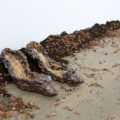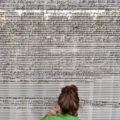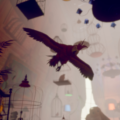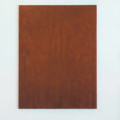Under influence, Burroughs’ art
William Burroughs, a figure of the Beat Generation, is best known for his literary work. Author of The Naked Feast or Junkie, he popularized with Brion Gysin the practice of cut-up and fold in but was less famous for his gun paintings and other visual experiments. While the Centre Pompidou during the Beat Generation exhibition in 2016 sought to highlight the multidisciplinary dimension of the movement by juxtaposing manuscripts, drawings, photographs and paintings, the Semiose gallery was more specific and dedicated to its person. By publishing a luxury fanzine, dedicating an exhibition to it and then another Benoît Porcher wanted to show his “sincere consideration” for an artist who touches everything. This research work sheds light on the shifting boundaries between art literature, collaborative models and a progressive exploration of the thresholds of consciousness.
William Burroughs never hid from the combined effects of alcohol and drugs in his most hallucinatory pages. Following the surrealists, he practiced free associations and automatic creation. Perhaps reminiscent of his Parisian stay on rue Gît-le-cœur and the luminous effects of the magic lantern, his explorations in the field of plastic or sound arts reflect exacerbated sensations at the limit of the dicible and the representable. He never speaks of the unconscious because according to him “if the process were unconscious, no one would be attentive to it” but nevertheless seeks by his different practices, by the different states he goes through to reveal something of the world around him. The idea of magic is omnipresent in Burroughs’ interviews, who sees painting and writing as a way of clairvoyance. Quoting Paul Klee on the question of the representation of the visible, he states that the act of creation is an act of observation and that an act of observation is an act of creation.
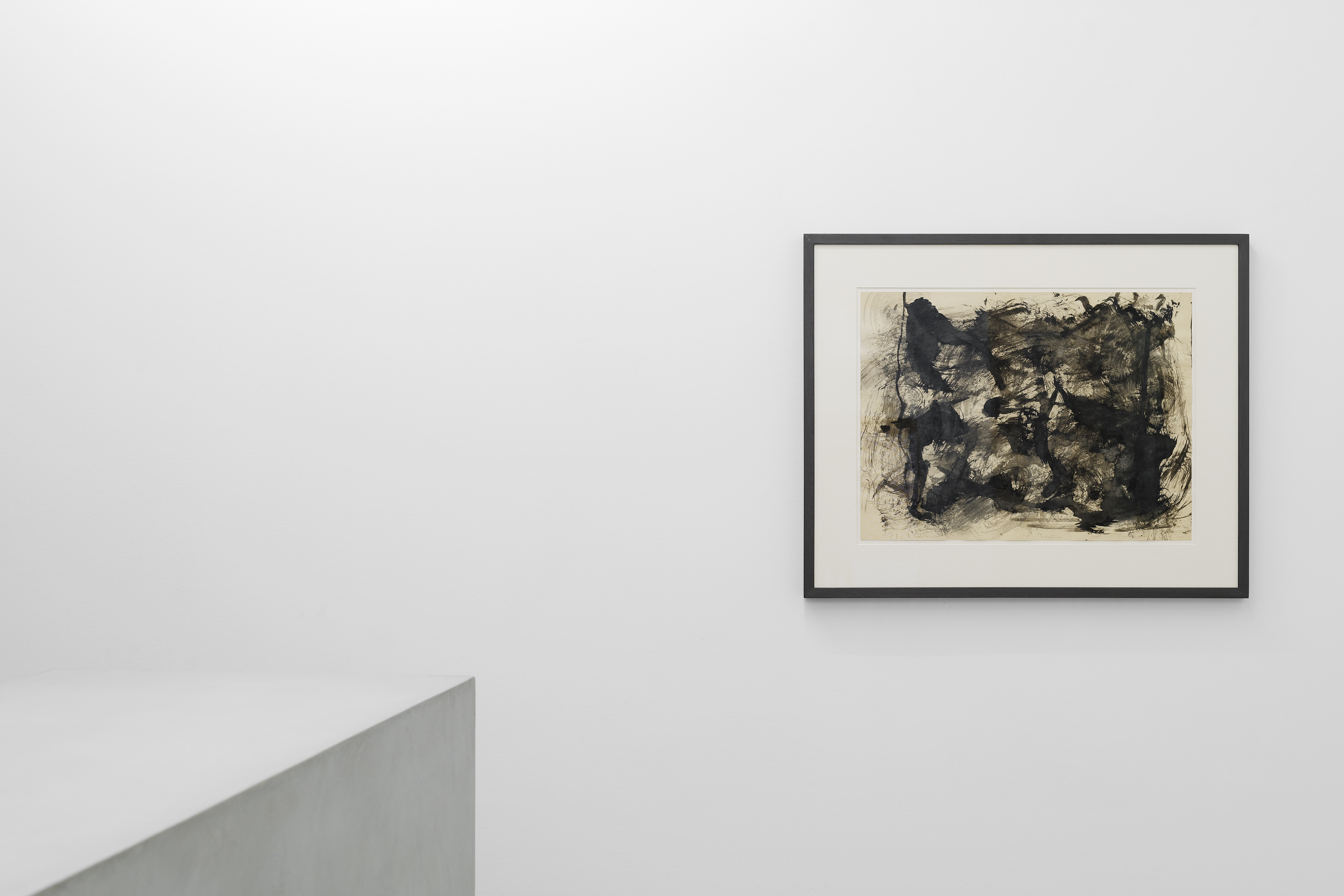
©A. Mole.
Binding through pictographers and hieroglyphics the practice of painting and writing, William Burroughs tried in the 1960s with his friend Brion Gysin to give form to a calligraphic art. At the same time he joined Robert Rauschenberg in the American Pewter with Burroughs lithograph series. Collaboration is very important for the artist, according to whom the meeting of two people gives rise to “a third force, invisible and intangible, which must be assimilated to a third spirit”. One plus one equals three. Following this precept, Burroughs, who was well known at the time, when he accepted to receive the young painter Taaffe in 1987, after Gysin’s death, saw in it an opportunity to go beyond himself and to get out of his frame. Mutually the two artists train further, to the point that the observer can no longer identify who did what.
The collaboration with Philipp Taaffe that Galerie Semiose has chosen to show through an exhibition and an edition has been strongly documented. Hour by hour, with photo and recording, we can follow how these ten drawings with evocative titles are drawn. If it is difficult at first sight to see in the abstract drawings these worlds sketched out by Entrée du musée des espèces disparues, Bordel Vénusien, Paysage de Madagascar, one must nevertheless let oneself be carried away by the lines of ink brushed quickly, the exhausted lines drawn with a firm hand. The two artists share the same divinatory vision of painting, as evidenced by the recurrent presence of the skull and the spiral, “necessarily magical”. Impregnated with oriental spirituality, Taaffe has observed Arabic calligraphy a lot and brings a certain looseness to his movements when Burroughs is more in energy. Their discussions draw an erratic narrative where intuitions and dazzling insights encourage detours. The ink becomes an expression of the elsewhere, of a beyond, of death; “a kind of language”.
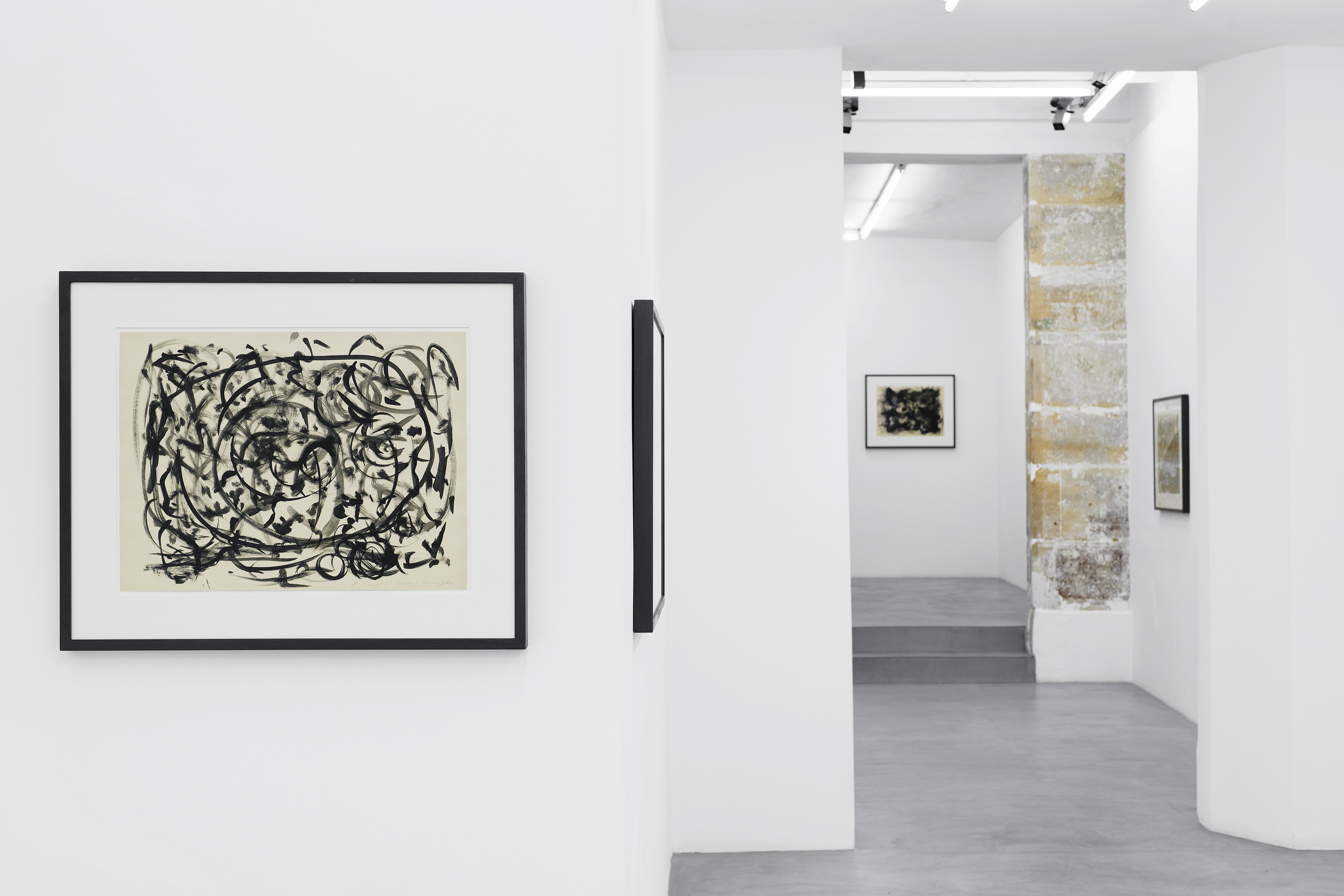
©A. Mole.
Burroughs talks about circulating an electric current in the drawing. The same idea of a just-in-time flow can be found in all his creations. His rifle paintings reveal a constant obsession with speed. Unlike Niki de Saint Phalle, who started her own in 1961, Burroughs’ are more raw. The very present matter says nothing other than itself, than the sound of the detonation that repeats itself like an echo: that of the night of drunkenness during which, wanting to play William Tell, he kills his wife. So what does it matter if you aim right if you can make ghosts dance?



